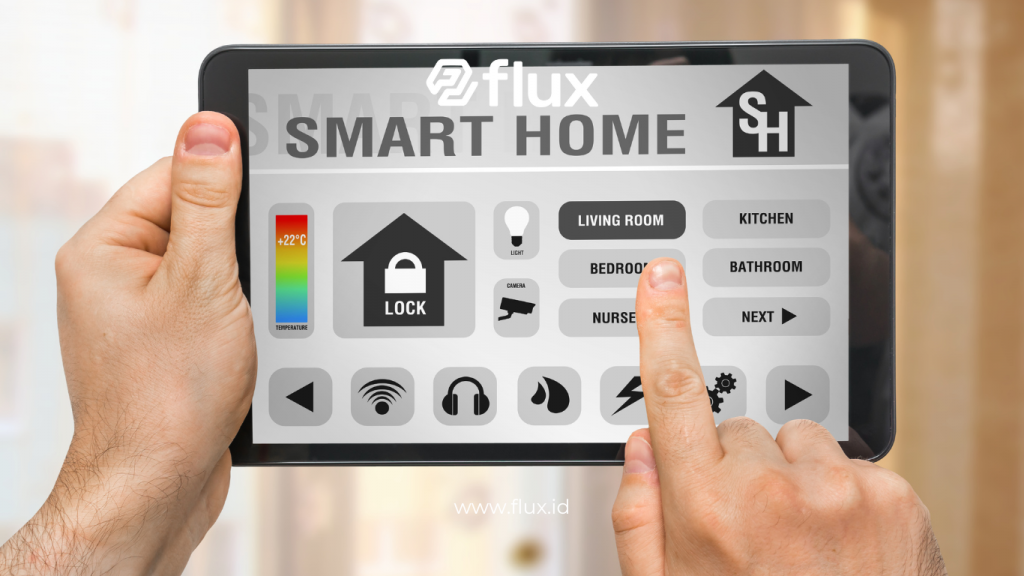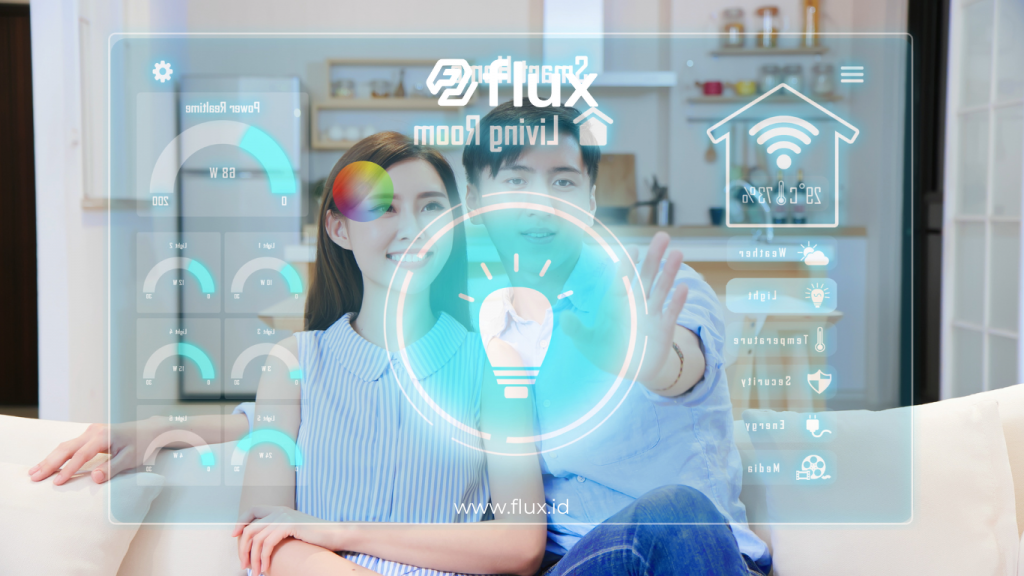Don't miss our holiday offer - 20% OFF!
With the rapid growth of technology, the concept of smart homes has become increasingly popular. The Internet of Things (IoT) plays a key role in connecting various devices, allowing your home to function more efficiently and conveniently. This article explores how IoT-based smart homes enhance comfort, security, and energy efficiency in daily life.
Contents
What is a Smart Home?

Read More: Easily Manage Your Home: IoT as a Smart Home Solution
A smart home refers to a residence equipped with intelligent devices connected via the internet. These devices enable users to control, monitor, and automate various home functions through a smartphone or voice commands. For example, users can manage lights that turn on and off automatically, a security system connected to mobile devices, or temperature control that adjusts the room climate based on personal preferences.
Benefits of a Smart Home
Smart homes offer numerous benefits, including:
- Convenience: Easily control devices through a single app.
- Energy Efficiency: Optimize energy use with automated devices.
- Security: Enjoy advanced security systems that can be monitored remotely.
The Role of IoT in Smart Homes

Read More: IoT and Smart Homes: Bringing Innovation to Every Corner of Your Home
The Internet of Things (IoT) connects various devices, enabling them to communicate seamlessly without human intervention. In smart homes, IoT allows devices like thermostats, lights, security cameras, and other appliances to connect and work together as a single, cohesive ecosystem. This connectivity transforms the home into an interactive space, enhancing the user experience.
Examples of IoT Applications in Smart Homes
Common IoT devices in smart homes include:
- Smart Lighting: Control lights remotely or schedule them based on the time of day.
- Smart Thermostat: Adjust room temperature according to user preferences.
- Smart Lock: Control a digital door lock via smartphone.
- Smart Security Cameras: Monitor cameras remotely with automatic notifications for suspicious movement.
Key Features of a Smart Home

Read More: IoT Integration in Smart Home Systems: Benefits and Challenges
1. Voice Control
Voice control technology, like Amazon Alexa or Google Assistant, allows users to manage smart home devices through voice commands. For example, users can turn lights or air conditioning on or off with just a spoken command.
2. Device Automation
Many devices in smart homes can operate automatically, further enhancing convenience. For instance, lights may turn on when movement is detected, or the air conditioning adjusts the temperature as someone enters the room. Such automation increases comfort while also saving energy.
3. Security and Surveillance System
Security is a crucial feature in smart homes. Smart security cameras, motion sensors, and smart locks ensure safety, even when the homeowner is away. Many of these security devices integrate with apps that provide real-time notifications.
4. Smart Energy Management
Some smart devices allow users to control energy consumption, lowering electricity costs and promoting eco-friendly living. For instance, smart lights and thermostats can turn off automatically when not in use, conserving energy.
Advantages of Smart Homes and IoT for a Practical Lifestyle

Read More: Smart Home IoT Technology: Intelligent Solutions for Everyday Life
Smart homes provide comfort and convenience, improving the quality of life in practical and modern ways. Here are the main advantages offered by IoT-based smart homes:
- Energy Efficiency: Users gain control over energy consumption, saving on electricity bills.
- Enhanced Security: Features like smart cameras and locks make homes safer.
- Convenience at Your Fingertips: Control all home devices from a smartphone.
Challenges and Considerations in Smart Home Implementation
Although smart homes offer many benefits, challenges remain, such as:
- Data Security: IoT devices collect data, which requires protection from cyber threats.
- Initial Costs: Some smart devices are relatively expensive, though they may lead to energy savings in the long run.
- Device Compatibility: Not all IoT devices integrate seamlessly, so choosing compatible devices is essential.
The Future of Smart Homes
The future of smart homes looks promising, especially as AI and machine learning technologies develop. These advancements will make homes even smarter. In the coming years, fully automated homes will likely learn from residents’ habits, offering a more personalized experience.
Easy Steps to Start a Smart Home
If you’re interested in transforming your home into a smart home, start with these steps:
- Choose Priority Devices: Begin with devices that have an immediate impact, such as smart lighting or locks.
- Use an Integrated System: Opt for a system like Google Home or Amazon Alexa to integrate smart devices.
- Prioritize Data Security: Select devices with robust data security features.
Conclusion
IoT-based smart homes present modern solutions for a practical, efficient, and secure lifestyle. With various smart devices that can be controlled and automated, living at home becomes more convenient and energy-saving. Although challenges like initial costs and data security concerns exist, the long-term benefits of a smart home greatly enhance the quality of life. Investing in smart home technology is a promising step toward the future, creating a living environment that is smarter and more responsive to residents’ needs.





